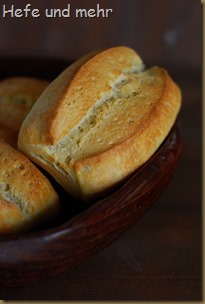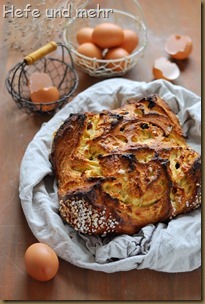 Last weekeend I realized how near Eastern is when my mom told me on the phone about her plans of dyeing eggs with her kids at school. And so I changed my plans for the bread baking course and developed a sweet recipe perfect for the Easter Breakfast. It is a sweet bread called which is made with the biga preferement. The subtle acidity of it helps to strengthen the gluten network. For a tender crumb the dough contains cream, egg yolk and some butter. By replacing the butter with cream the dough can rise in the fridge if needed.
Last weekeend I realized how near Eastern is when my mom told me on the phone about her plans of dyeing eggs with her kids at school. And so I changed my plans for the bread baking course and developed a sweet recipe perfect for the Easter Breakfast. It is a sweet bread called which is made with the biga preferement. The subtle acidity of it helps to strengthen the gluten network. For a tender crumb the dough contains cream, egg yolk and some butter. By replacing the butter with cream the dough can rise in the fridge if needed.
For all doughs with a lot of sugar or butter it is important to develop first the gluten network before butter and sugar. Both can inhibit the gluten development. The fat in the butter can coat the gluten proteins so that they can not connect with other gluten proteins to form strands while the sugar draw the water away from the proteins which again strongly reduce the forming of gluten strands. That’s why we will add the sugar in small increments after 10 min of intense kneading. You will realize while kneading in the sugar that the dough will become softer. This is due to the water which is no longer bound by gluten proteins because of the sugar. Continue reading

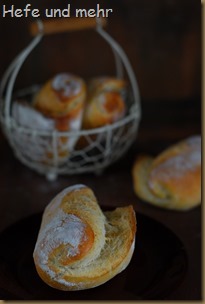 I mentioned already once or twice that I like to at
I mentioned already once or twice that I like to at 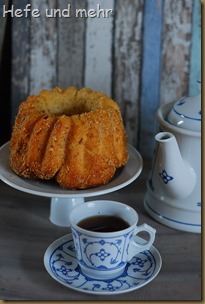
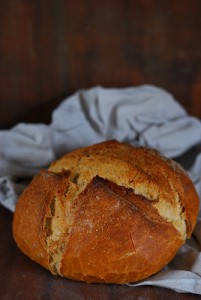

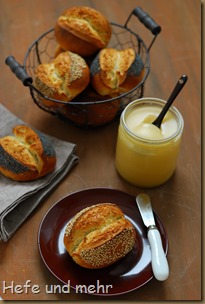 To me, the basic of good breakfast is a good roll. And so we are baking rolls in part three of our little bread baking course. These rolls are looking more complicated then they. For shaping we will use the same method then for the bread we baked last time. And already after 15 minutes the rolls are deeply cut, which is much easier than cutting a fully proofed roll. The cut is carefully laid together and will open beautiful during baking.
To me, the basic of good breakfast is a good roll. And so we are baking rolls in part three of our little bread baking course. These rolls are looking more complicated then they. For shaping we will use the same method then for the bread we baked last time. And already after 15 minutes the rolls are deeply cut, which is much easier than cutting a fully proofed roll. The cut is carefully laid together and will open beautiful during baking.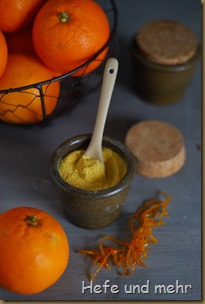 Since quiet some time I want to make
Since quiet some time I want to make 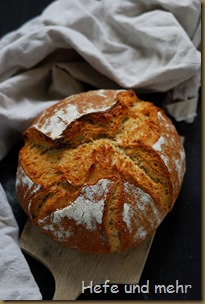 I got a lot of positive feedback to my idea of making a small virtual bread baking course. I’m very happy about it and will start to post more beginner recipes on the blog in the next weeks. And if you have questions, ideas or wishes: Please tell me! I will do my best to include it.
I got a lot of positive feedback to my idea of making a small virtual bread baking course. I’m very happy about it and will start to post more beginner recipes on the blog in the next weeks. And if you have questions, ideas or wishes: Please tell me! I will do my best to include it.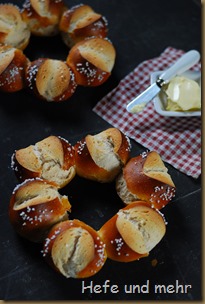 I nearly missed that
I nearly missed that 